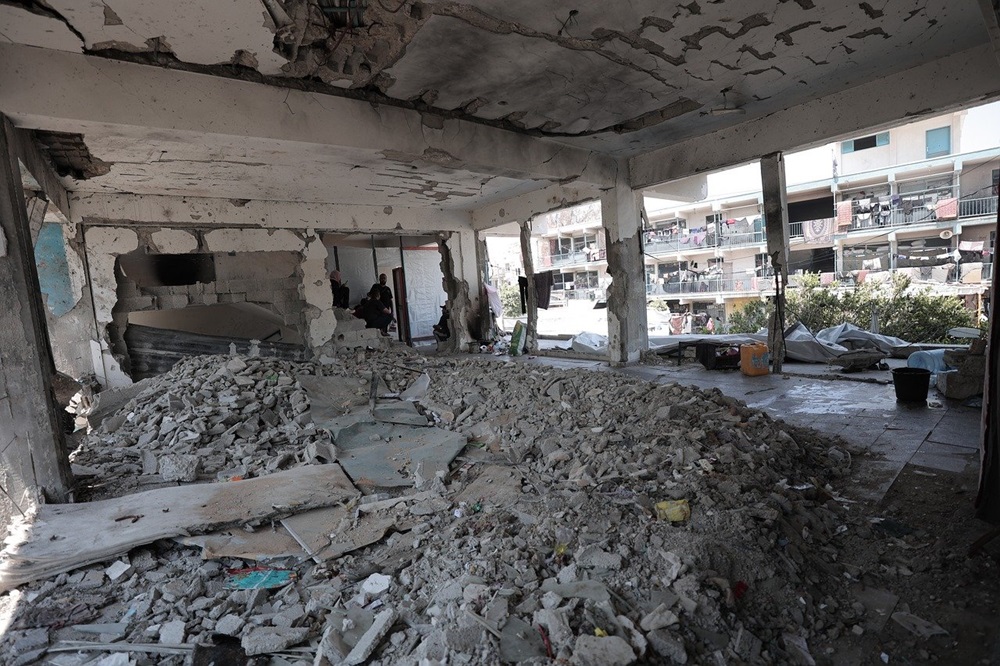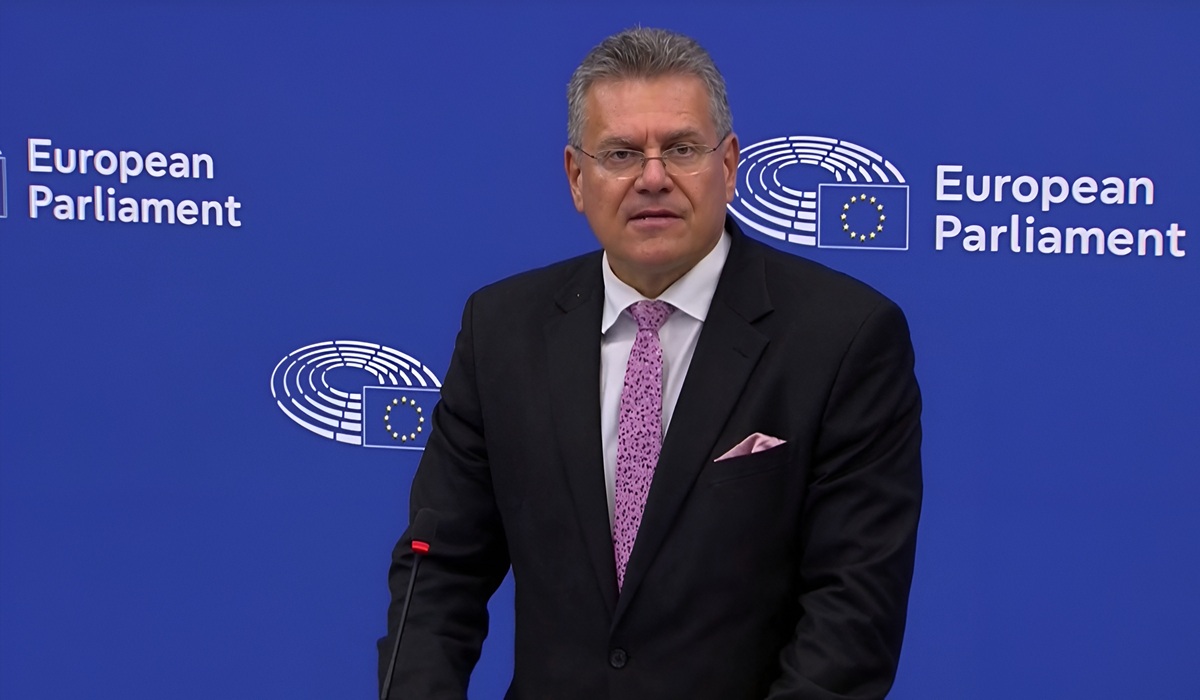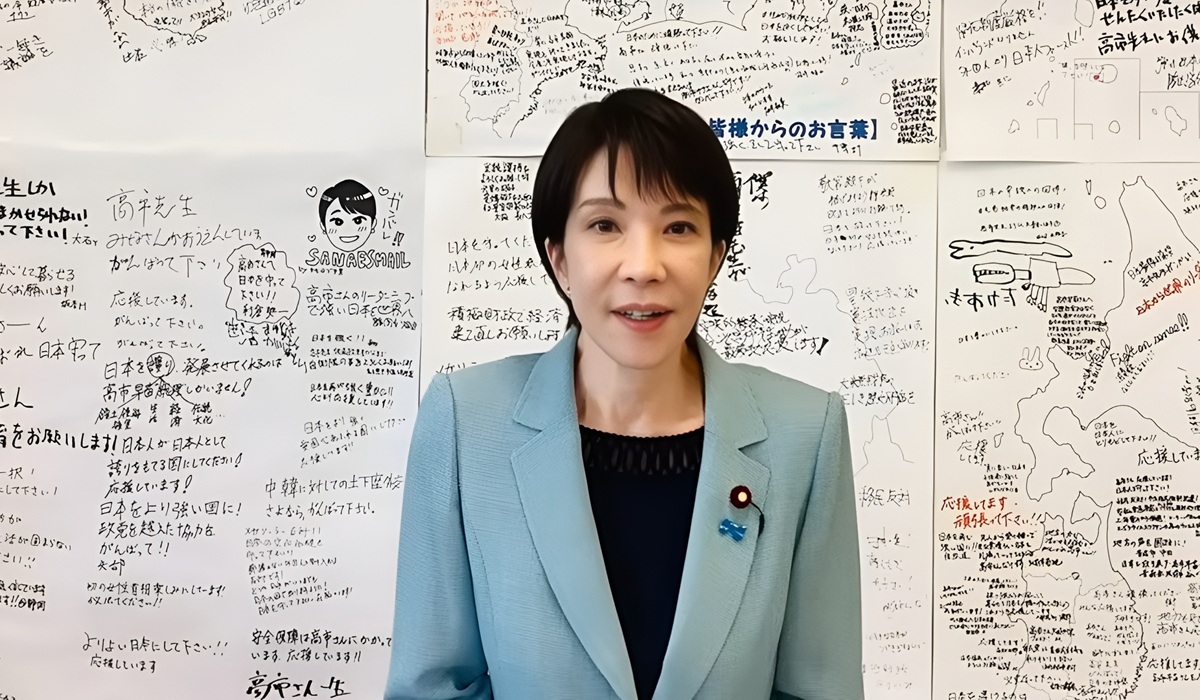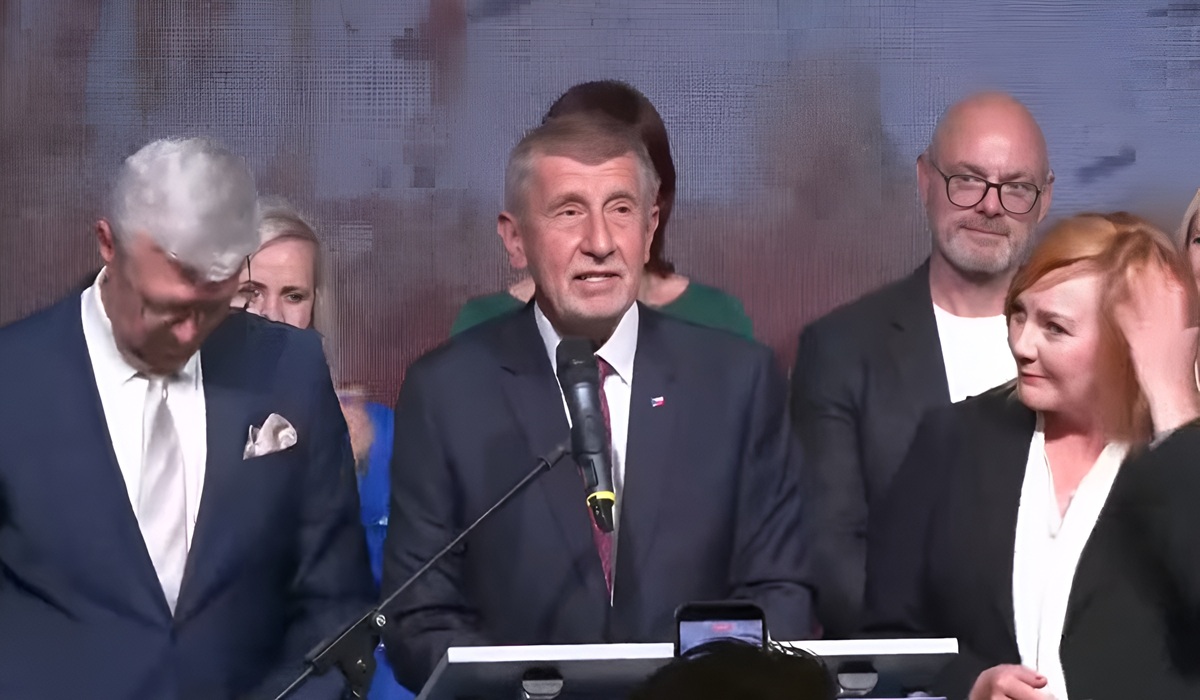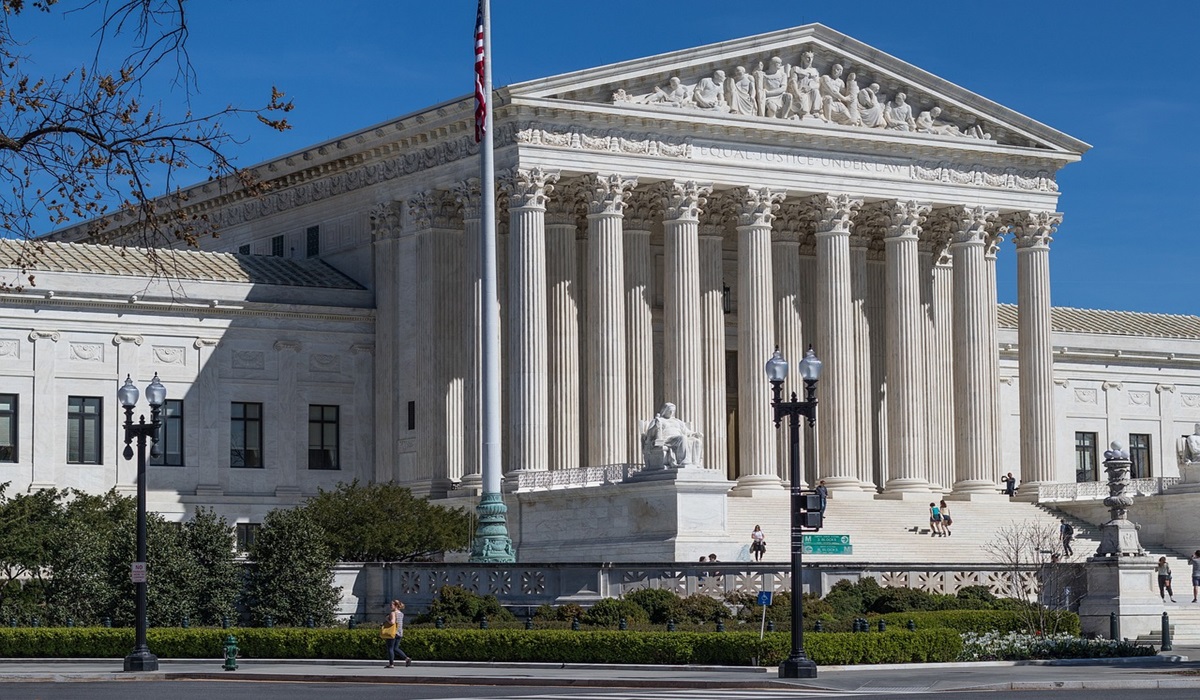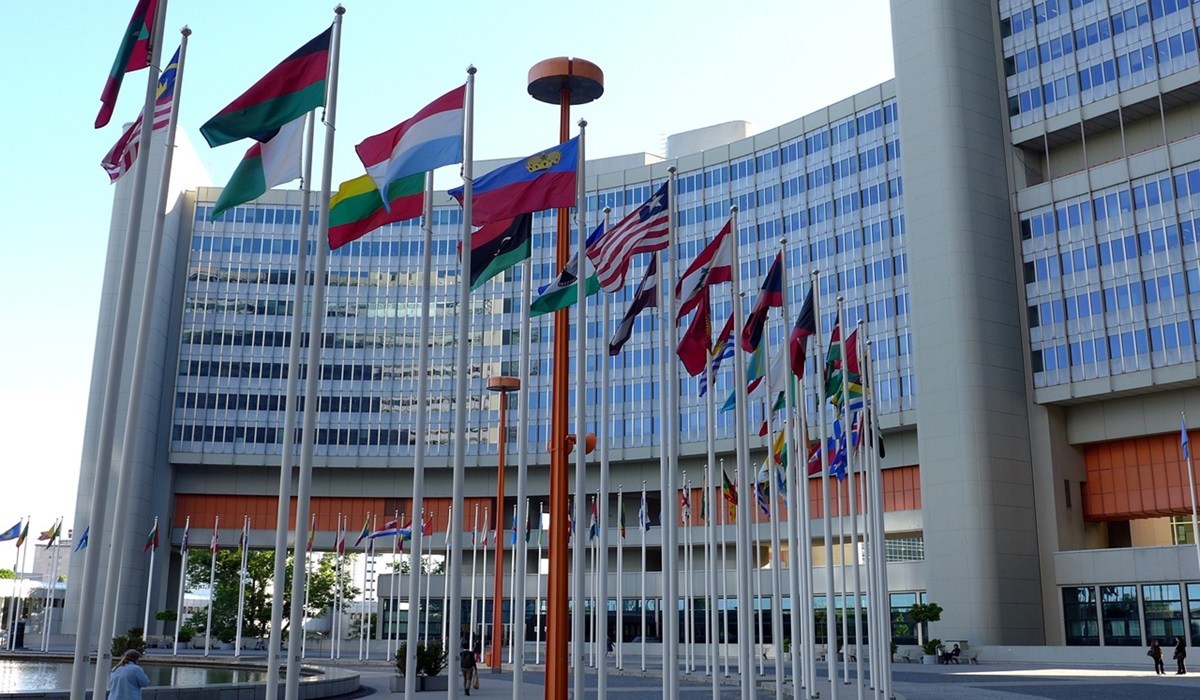Liberals Wave Majority Flag—But a Cloud of Recounts and Controversy Lingers
- Kingston Bailey
- Breaking News
- April 30, 2025
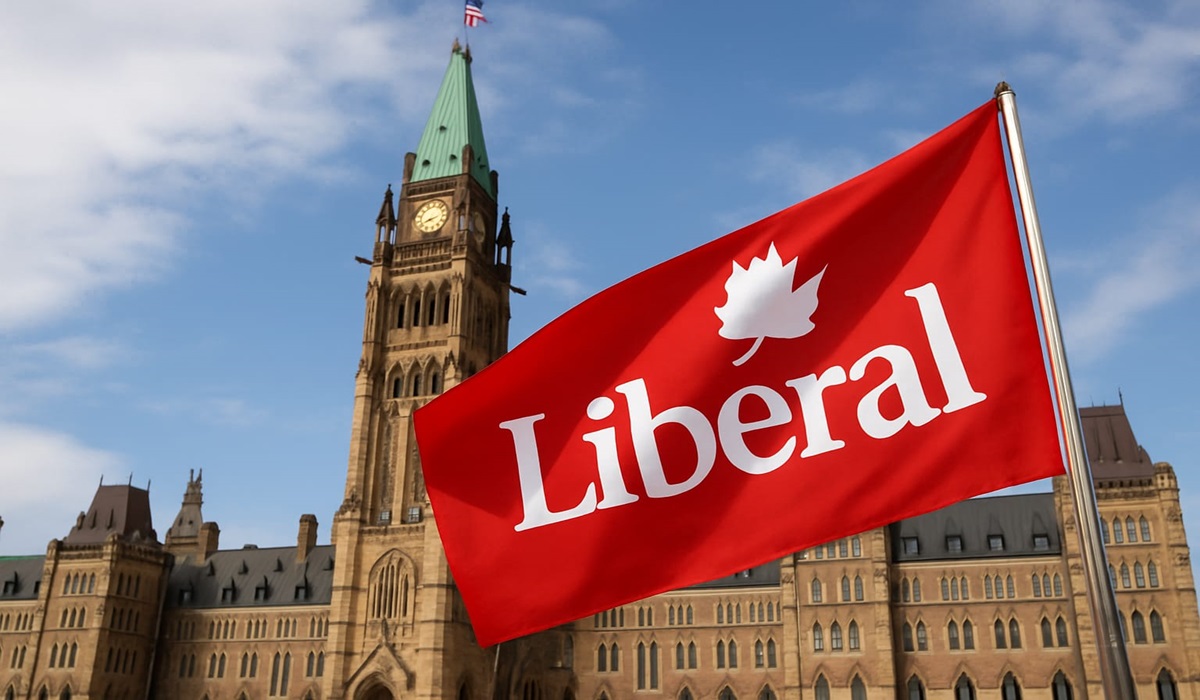
When the dust settles, the recounts wrap up, and the final numbers are inked into the official record, Canada’s Liberal Party will have done what once seemed improbable: secured a majority mandate. As of this moment, the party stands at 169 confirmed seats with three ridings still teetering on the edge—Terra Nova in Newfoundland, Terrebonne in Quebec, and Kitchener–Conestoga in Ontario. If all three are upheld, that brings the total to 172 seats—exactly the number needed for an outright majority in the House of Commons.
But before Liberal leader and now-Prime Minister Mark Carney can pop the champagne, the race isn’t over—not entirely. The margins in Terra Nova and Terrebonne are razor-thin. In Newfoundland’s Terra Nova, the Liberals are ahead by just 12 votes. In Quebec’s Terrebonne, it’s a mere 35. Only in Kitchener–Conestoga do the Liberals have what looks like a solid cushion, leading by 522 votes—a margin most analysts believe the Conservatives will be hard-pressed to overcome, making it the most likely of the three to be conceded quietly.
According to Elections Canada, an automatic judicial recount is triggered if the margin of victory is less than 0.1% of the total votes cast. In all other close races, recounts can be requested by either the second-place candidate or any elector, so long as reasonable grounds are provided. In the case of Terra Nova and Terrebonne, unless the losing candidates concede, recounts are not just probable—they’re inevitable.
Should any of these recounts flip, it would plunge Canada into a legal and political thicket. If the recount declares a new winner, the previously declared victor is stripped of their seat—something that can quickly escalate into court challenges, appeals, and in rare cases, coin tosses or re-votes. It’s messy, it’s complicated, and it can shake public trust in the electoral system.
But let’s be real: the Liberals are not likely to let this go without a fight. Their track record during the leadership contest already showed a party that knows how to maneuver the machinery of power with surgical precision—some would say ruthlessness. Whether it was the disqualification of high-profile candidates like Ruby Dhalla or the behind-the-scenes tactics that left some South Asian candidates sidelined, it’s clear the Liberals have a “win-at-all-costs” playbook—and they’re not afraid to use it.
So, what does a majority government mean now, in practical terms? It means unbridled legislative power. No need for cross-party negotiations, no fragile coalitions to prop up the agenda. It’s carte blanche. And that’s where the concern starts.
Carney, the architect of the carbon tax and the darling of Bay Street, now has the keys to push through sweeping environmental, economic, and social policies. But questions remain: will this majority government double down on its progressive stances, veering even further left? Or will it try to pivot to the center and govern from a place of pragmatism? Given the campaign’s rhetoric, the former seems more likely.
Promises to boost production of Canada’s natural resources are already being met with skepticism. After all, how does one reconcile aggressive environmental policies with expanded fossil fuel development? Many are calling it an “oil pipe dream”—pun very much intended.
And then there’s the international front. With Donald Trump once again in the White House, Canada’s foreign policy will need a serious recalibration. Will Carney continue with the status quo—keeping Mélanie Joly at Foreign Affairs despite widespread criticism—or will there be a shake-up? So far, there are no clear answers, and Canadians are bracing for impact.
What is certain is that Canadians have delivered a mixed message. As Ontario Premier Doug Ford put it, “Elections are never wrong—they echo the mood of the country.” The real debate is whether that mood reflects the majority’s values or simply a more effective Liberal ground game. Voter turnout, mobilization strategies, and targeted messaging likely played a huge role in this narrow victory. In short, the Liberals didn’t just win—they out-organized.
And now, Canadians are left to live with the consequences. Whether this majority becomes a force for stability or sparks a wave of overreach and backlash remains to be seen. But one thing is for sure—Canada’s next four years won’t be business as usual. The margin of victory may be slim, but the implications are massive. The regime is here, and Canadians—whether inspired or disillusioned—will have to navigate what comes next.

